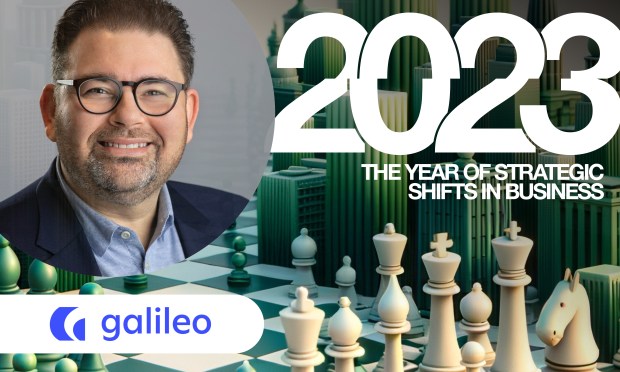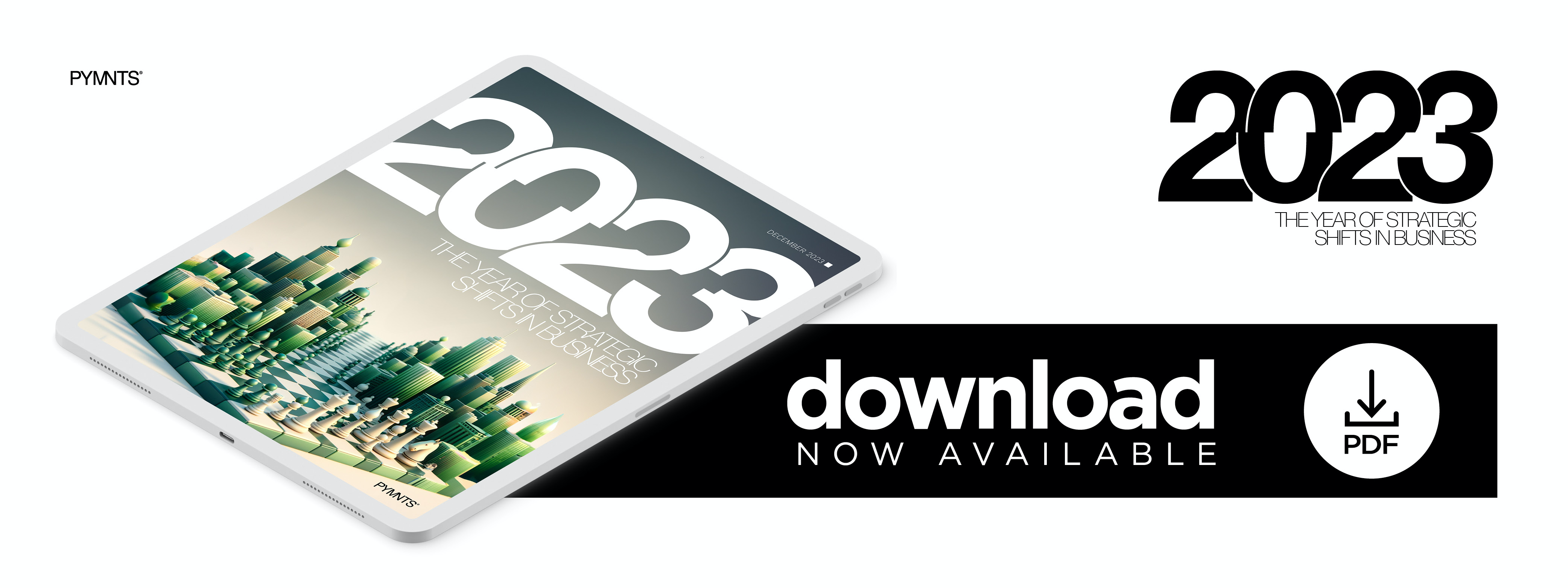Data Depth Over Customer Breadth: The Push for Personalized Digital Financial Experiences in 2024

PYMNTS asked industry executives across the payments and digital commerce landscape to give us their take on the pivotal shifts, technological advancements and strategies that have shaped business in 2023. Galileo Chief Product Officer David Feuer says the pressure to deepen digital relationships with customers is mounting.
For years, financial services and non-financial brands have built products and solutions with two goals in mind: customer acquisition and customer expansion.
But now, the pressure to deepen digital relationships with customers is mounting. The good news is banks and financial services companies are sitting on a wealth of data. But that data is still severely underused. The key to acquiring and expanding customer relationships is building products around the customer and not the other way around. In 2023, we’ve seen the impact of this shift play out through three key trends that will accelerate in 2024.
The Need for Comprehensive, Connected Data
Banks and financial brands have more data than ever. But legacy, monolithic infrastructures have kept that data siloed. This has led to decisions being made from partial datasets, creating an incomplete picture of each customer. This siloed approach has also made it impossible to gain usable customer experience insights since each digital touchpoint is isolated.
Banks and financial brands looking to truly elevate the customer experience must embrace digital transformation via a modernized tech stack that supports comprehensive, connected data access to maximize the value of each customer interaction.
Making Customer-Centricity a Reality
Being customer-centric isn’t a buzzword; it’s a make-or-break business strategy. The integration of technology and data has advanced rapidly over the past year in ways never imagined 20 years ago. Banks and financial brands must adapt accordingly and build financial services around how customers interact with them. They can start by tapping into the value created by micro-moments made during digital banking interactions to create deeper relationships.
Buy now, pay later is the perfect example. BNPL flipped the old layaway model and changed how consumers and businesses engage with financial providers and retailers — creating an entirely new flexible lending model.
By creating products around these micro-moments, banks and financial service providers can develop hyper-customized, customer-centric financial experiences that create more value for the end user than ever before. And they can do it at scale.
Fraud Arms Race Crushes Customer Experience
Banks are racing to integrate advanced artificial intelligence and machine learning-driven anti-fraud tools into their fraud management systems. But anti-fraud is still often characterized in terms of the battle against the fraudsters, and not in support of the customer experience. We must instead flip that equation to build products and solutions that start with the customer, versus just the systems and algorithms.
Instead of starting with a goal of simply preventing fraud, banks must first start with the ideal customer experience. Fraud prevention is a natural extension of that experience. When you change how you approach fraud, brands can begin to use customer data to proactively protect them and subsequently enhance their digital financial experiences, build trust and elevate their relationship with that brand.
In 2024, the need to derive value from data will accelerate rapidly as banks and financial brands race to win the digital financial customer experience. Whether the goal is to support customer acquisition or customer expansion, it all comes down to data. And the capability to access and use that data meaningfully to support what consumers and businesses need, and when they need it most.


